FREEPORT – A non-stinging wasp that likes to build its nests in baseball diamond dirt is helping Maine entomologists detect an insect that has decimated millions of ash trees in the Midwest.
The Cerceris fumipennis wasp is the best weapon that researchers have for determining whether the emerald ash borer has made its way to Maine.
Colleen Teerling, an entomologist with the Maine Forest Service, taught volunteers Wednesday how to recognize the wasp, which lives in several colonies in the baseball diamonds at Freeport Middle School. If the emerald ash borer’s presence in Maine is detected early, it is much easier to control.
“It has the potential of wiping out every species of ash on the continent,” Teerling said.
Since the emerald ash borer was first discovered in Michigan in 2002, it has spread to 20 states and Canada. The beetle is believed to have entered the United States in cargo ships and airplanes from its native Asia.
It has not yet spread to Maine, but is getting close. It has been detected south of Montreal, about 20 miles from the Vermont border and in the Catskill Mountains in New York.
Ash trees make up only 4 percent of Maine’s trees. But they are important street species, filling in the niche created when American elm trees were wiped out by a fungus believed to have been imported from Asia.
Maine was one of the first states to set up a bio-surveillance program with Cerceris fumipennis three years ago. Today, about 20 volunteers have adopted some of the 60 known colonies of the wasps in Maine. Researchers are looking for more volunteers to find other wasp colonies and monitor them for the emerald ash borer.
The project has been funded by about $25,000 from the U.S. Forest Service. The Maine Forest Service is working with GrowSmart Maine, a community revitalization group, to widen its network of volunteers, and with Brunswick to develop a response plan for the emerald ash borer. It is expected to arrive in the state by 2015.
Scientists believe the emerald ash borer travels on firewood imported from other infected states. The adult borer feeds on ash foliage but causes little damage. But the larvae feed on the inner bark of ash trees, disrupting the trees’ ability to move water and nutrients.
Cerceris fumipennis builds its nest in hard-packed sand with little or no vegetation, which makes baseball diamonds an ideal site for a colony. The female wasp builds the nest with an opening about the size of a pencil eraser. She then hunts metallic-colored buprestid beetles, including the emerald ash borer. She places three to four beetles in the five to 10 chambers in her nest before laying an egg in each of the chambers and sealing them.
The larvae hatch and feed on the beetles, emerging as adult wasps in July and August when the process starts again.
On Wednesday, Teerling showed volunteers how to catch the wasps as they returned to their nests. There is the net method, which involves running after a darting wasp. The trap method, which involves placing a plastic card with a hole too small for the wasp to maneuver her prey through, is easier.
The females hunt on hot, sunny days. After emerging, they circle their nests to orient themselves and then fly off in a search of wood-boring beetles. The hunt can last minutes or up to three hours.
The volunteers are asked to collect 50 prey samples over three to four visits. The samples are stored in a freezer to kill them, then mailed to the Maine Forest Service at the end of the summer.
Since the project began, two new insect species and an entire genus have been discovered in Maine.
While trees in Asia are resistant to the emerald ash borer, trees in the United States are not. Current eradication methods include expensive insecticides and selective tree cutting, which can contain the beetles in concentrated areas.
Kathy Bouchard, a volunteer, said she plans to search for a wasp colony in her Scarborough neighborhood.
“What is sad is they don’t sting, but people may not realize they are beneficial,” Bouchard said.
Lewiston math and science teacher Joan Savage also showed up for the training. She said adopting a wasp colony would be fun for her students.
“They get disappointed when we tell them we don’t want to find the invasive species. This is something they can look for,” Savage said.
Teerling said the wasp appears to prefer emerald ash borers to any other prey. But like much about the wasp, scientists do not know exactly why. The species is so understudied it has no common name. So Teerling and her colleagues are lobbying the Entomological Society of America with their proposal.
“We are calling it the smoky-winged beetle bandit,” Teerling said.
Staff Writer Beth Quimby can be contacted at 791-6363 or at:
bquimby@pressherald.com
Send questions/comments to the editors.


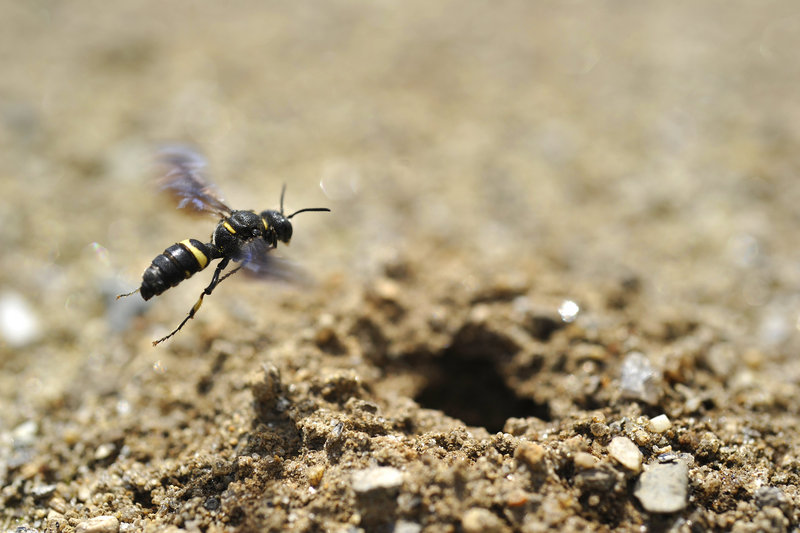
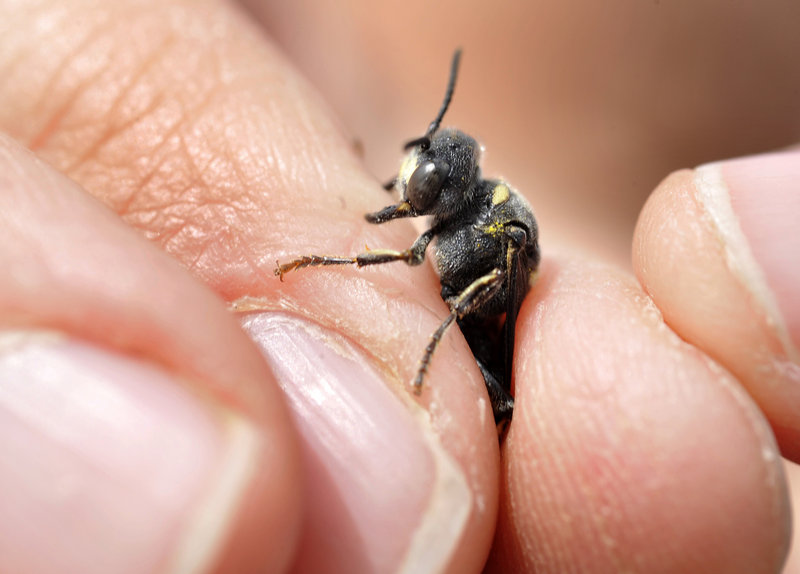
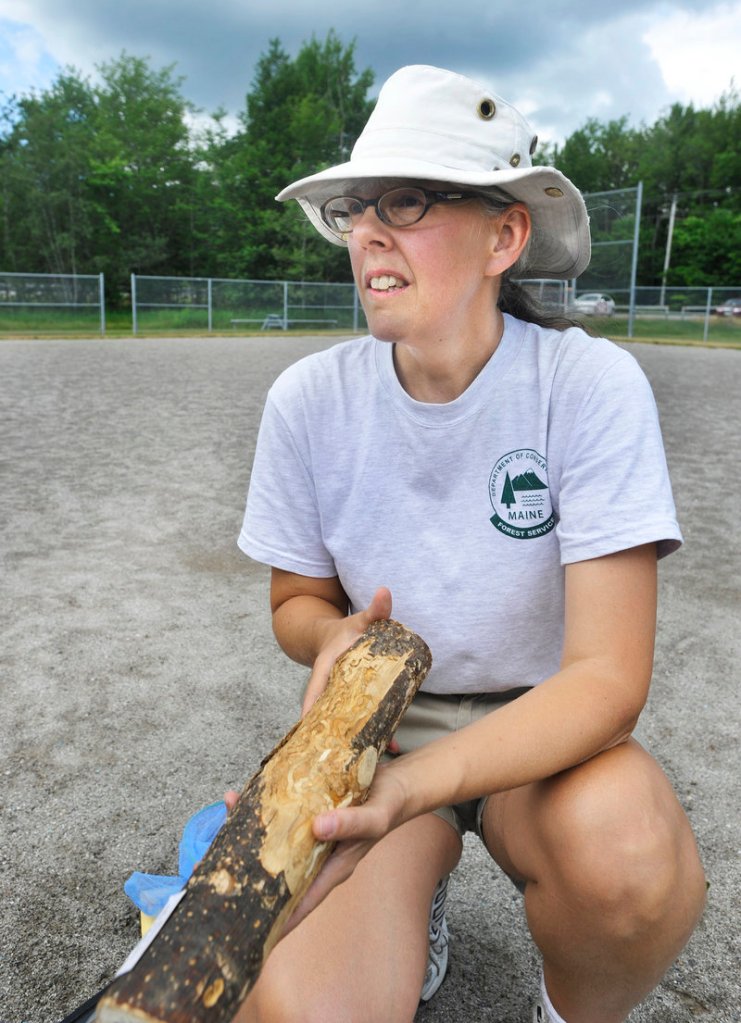
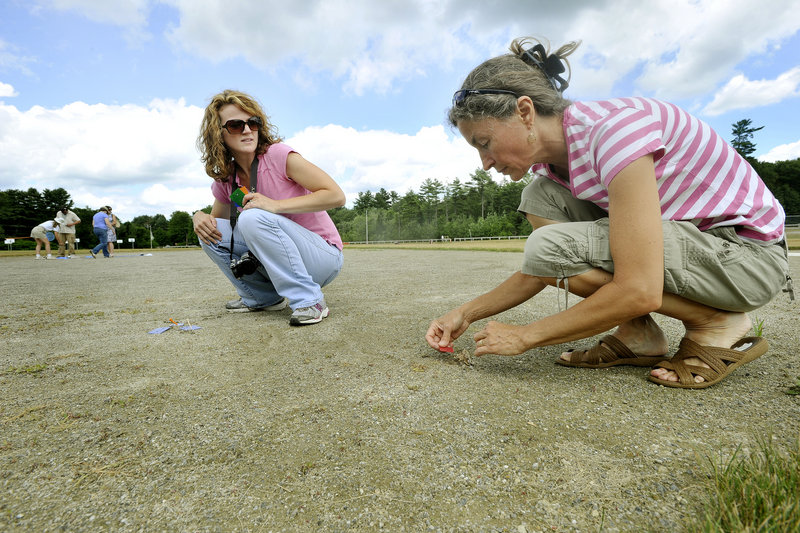
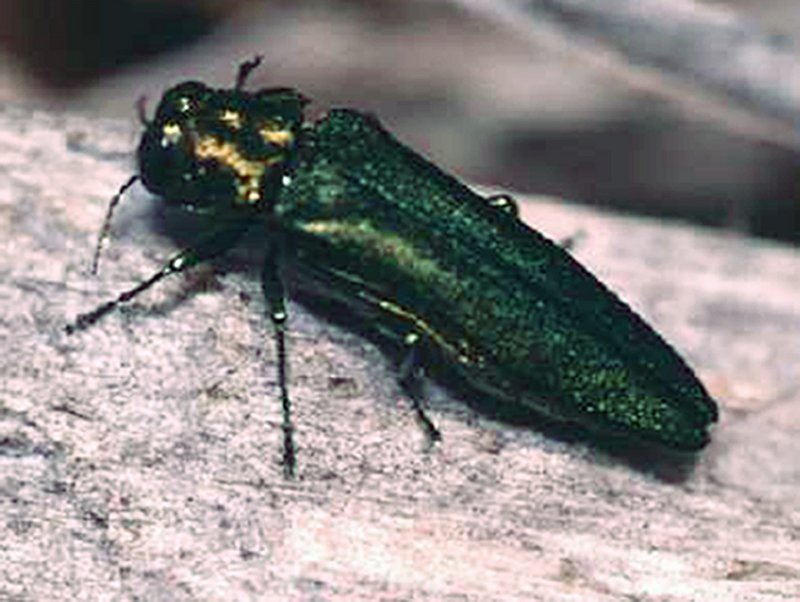

Success. Please wait for the page to reload. If the page does not reload within 5 seconds, please refresh the page.
Enter your email and password to access comments.
Hi, to comment on stories you must . This profile is in addition to your subscription and website login.
Already have a commenting profile? .
Invalid username/password.
Please check your email to confirm and complete your registration.
Only subscribers are eligible to post comments. Please subscribe or login first for digital access. Here’s why.
Use the form below to reset your password. When you've submitted your account email, we will send an email with a reset code.